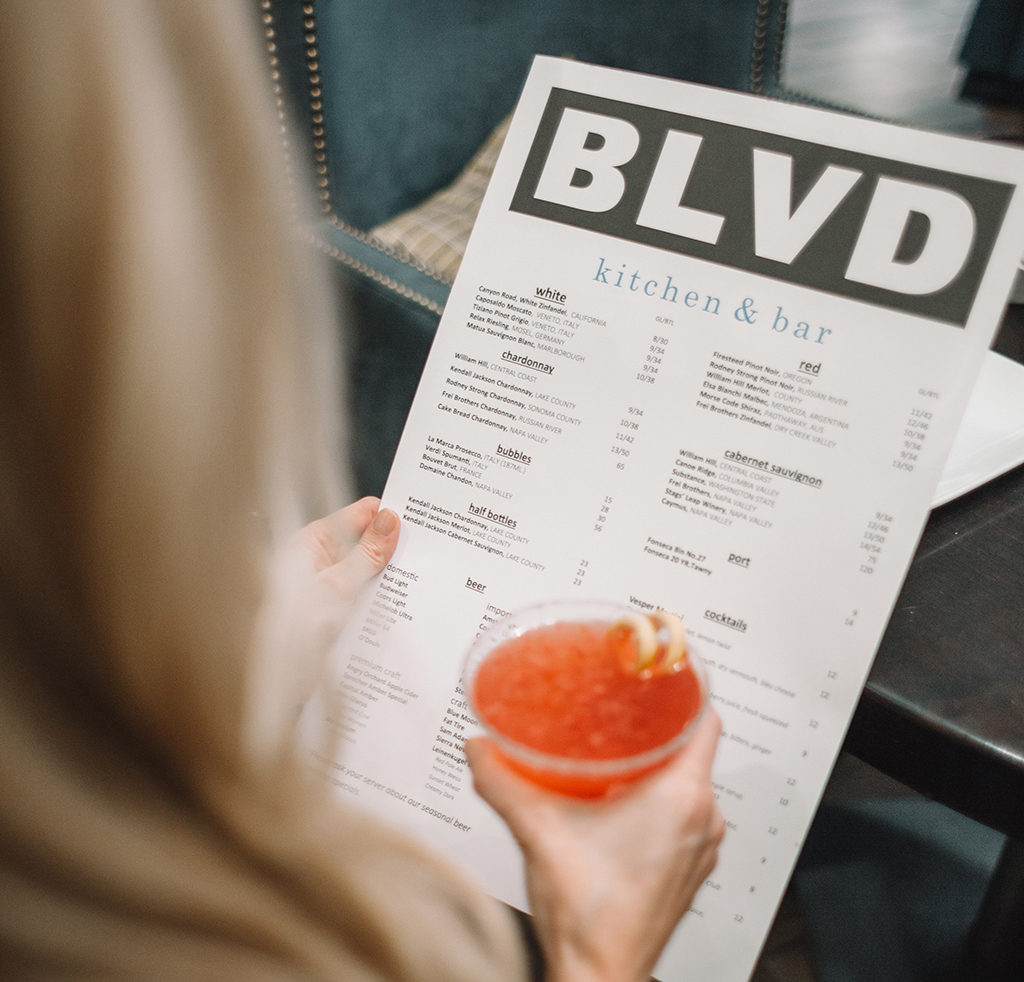
The food truck industry is more popular than ever before. But, are food trucks profitable?
That depends on if you know how to do it right. There are many motivations for ditching the brick-and-mortar model in favor of the flexibility of food trucks.
You can experiment with new recipes and ideas. You get to reach out to your audience rather than wait for them to come to you.
And yet, many people still wonder how to realize the dream of running their own food truck business. Follow our 9 steps to get your food truck business on the road.
1. Know Your Target Market
You need to know your target market. If you’re selling tacos in your food truck to a bunch of people who don’t like tacos you’re not going to last very long.

Do your homework before you launch your enterprise. Sure, you can go to your customers rather than having them come to you.
But, that also means that you’ve got to find out where your customers are going to be. If you have regular spots, then your regular customers will know where to find you, won’t they?
It’s also essential that you know who your competition is. Are you a Cuban sandwich food truck? Don’t park up next to another truck selling the same thing as you.
2. Develop Your Food Truck Brand
You probably already know what type of food you’re going to sell. You should build your brand around the same theme.
Do you provide organic and vegan dishes? Are you a gourmet pizza truck? Your unique selling point is your amazingly delicious food.
You need to pick a name that is totally original. You don’t want to discover that another food truck has the same name.
Therefore, probably stay away from another play-on-words, such as things that end in “on wheels.” They’re already taken, trust us!
Then, have a logo designed that’s consistent with your brand image. This can be anything, but make sure it’s memorable and eye-catching.
3. Put Together a Business Plan
Around 60 percent of food trucks fail within the first few years. What makes you different? You need a business plan to be able to handle the challenges that come your way.

You may have lots of ideas in your head. But, you need to get them down on paper if you want to realize them!
Start with a description of your business. This includes everything from your mission statement, your business concept, and your target market.
You should conduct a market analysis. You want to know the market trends, information about competitors and your customer base.
Next, your organizational matters need to be taken care of. Who is responsible for what? If you’re in charge of everything by yourself, then this part is simple.
You should also consider creating a marketing plan and financial information. It’s important you stay organized. Running a business isn’t the same as cooking!
4. Acquire Registrations and Licenses
You should know that you can’t simply buy a truck and start selling food out of it straight away. No, you need to jump through some hoops before you can get started!
You need to get your hands on a food permit license and a business license to operate legally. There may be other permits depending on your location, such as a health permit or a food safety certificate.
Remember, since you’re a food truck, you’re able to cross state borders, but you need to have the proper permits to operate in a new location. While this is unlike brick-and-mortar restaurants, you’re still subject to many of the same rules and regulations.
5. Get the Money Together
If you don’t already have the funding, you need to secure it from somewhere. You can start saving, but depending on how much disposable income is available to you, that could take a while.
Of course, you can take out a business or personal loan. Or you could consider other options to give you the capital you need, like crowdfunding or finding investors. Having a good business plan will be critical at this point, as most banks and investors won’t want to back a project that hasn’t been well planned and demonstrated profitability.

6. Design Your Food Menu
Your food menu is one of the first things that will draw customers to come to your food truck.
Many trucks use a signboard or chalkboard to display the dishes of the day. This is perfect if you’re regularly changing your menu.
Ensure that everything is listed clearly with the price as well. The best performing food trucks often have simple menus, which means that they can focus on perfecting just a few key dishes.
7. Setting Up Your Food Truck
Your food truck builder will work with you to ensure that you have everything you need on your food truck. Think about what kind of food you want to serve, and how that will affect what appliances you will need on your truck. If you are planning to serve ice cream, you’ll need a dipping case. If you’re going to open a mobile coffee shop, you’ll need an espresso machine on board.
You’ll also need to insure your truck. There are a bunch of different types of insurance to consider. You want to check every box to ensure that everything is legit for your food truck business.
8. Promote Your Food Truck Business
Sure, your food truck itself is your biggest advertising asset. You can promote your business with an eye-catching display on the side of your truck.
However, you also need to consider other ways to boost your food truck. This includes social media. Ensure that you’re an active social media promoter.
You can tweet about your latest menu and post pictures on Instagram of your delicious dishes. You may also want to invest in flyers to distribute on community boards.

9. Begin Selling Food and Making Money
Now that you’re up and running with your food truck business, there’s nothing to stop you going from strength to strength.
Just keep making delicious snacks and yummy dishes. Customers are always eager to try something new.
Are Food Trucks Profitable?
If you follow our tips you can make your food truck business a success. Are food trucks profitable? That part is up to you!
Do you have a brick-and-mortar restaurant? You can branch out by launching a second location from a food truck, or by offering food delivery from your existing location. Check out this blog post to learn how.
